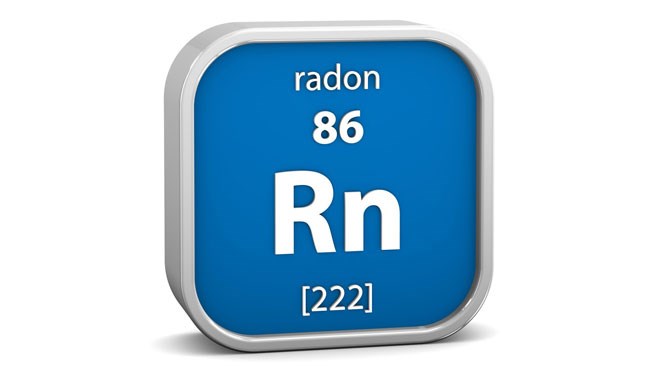You can’t see it, taste it, or smell it, and that is what makes radon gas easy for people to ignore. As part of National Radon Action Month, the Sudbury & District Health Unit is calling on everyone to learn more about this radioactive gas and to test for radon levels in their own homes.
“Radon is common across Canada, and is produced naturally from the breakdown of uranium in rocks and soil,” said Burgess Hawkins, a manager in the Health Unit’s Environmental Health Division. “Radon gas is the second leading cause of lung cancer after smoking and the leading cause of lung cancer for non-smokers and it can enter homes through their foundations.”
Every home is different and the only way to know if the levels of radon gas inside could pose a health risk is to test for levels.
Homeowners can buy a test kit at a local hardware store or online. Simply follow the instructions and place the device in the lowest part of the home where people live or spend a lot of time. Then, send the device back to the company to get the results.
Health Canada recommends using a test kit that measures radon levels over three months or more during the fall and winter months, when people tend to keep their windows closed.
Homeowners can also find a certified professional to measure radon levels by contacting the Canadian-National Radon Proficiency Program at 1-855-722-6777 or visiting www.c-nrpp.ca.
There are a number of options to reduce radon levels in a home, for example:
- Increasing the ventilation in the basement.
- Sealing the foundation.
- Depressurizing the soil beneath the home by installing a pipe through the foundation floor slab and attaching a fan that always runs to draw the radon gas from below the home and release it into the outdoors where it is quickly diluted.
Radon is a naturally occurring radioactive gas in soil that can make its way to the surface. The gas can enter homes through cracks in walls and foundations or through gaps around pipes and cables. Radon levels are often higher in crawl spaces and basements closest to where the gas entered the home. These areas often also have poorer ventilation.
When radon gas is released from the ground into the air outside, it does not stay concentrated and is not a health concern. However, if radon gas is trapped and accumulates in an enclosed space, it can become a potential health risk.
More information about radon gas and testing is available on the Sudbury & District Health Unit’s website at www.sdhu.com or by calling 705-522-9200, ext. 464 (toll-free 1-866-522-9200) to speak with a public health inspector.
